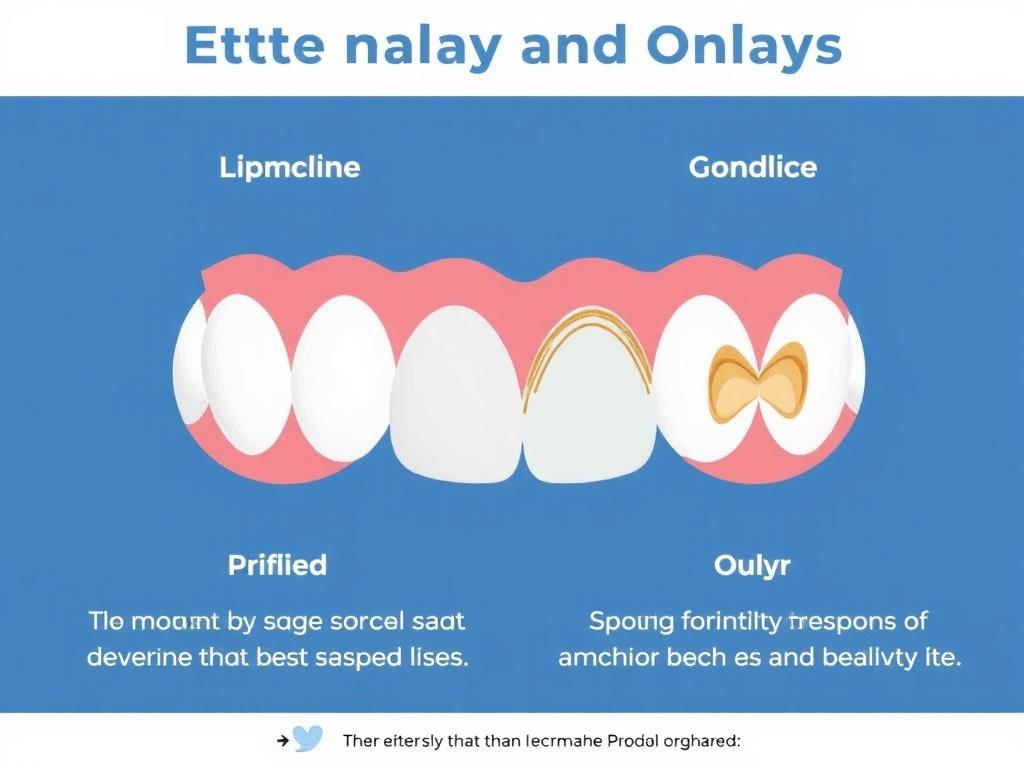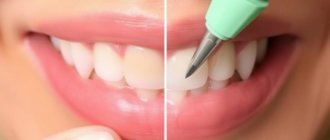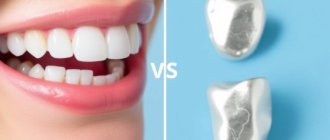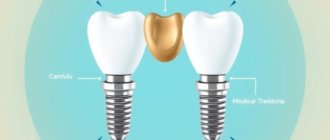When it comes to restoring damaged teeth, many people might immediately think of common options like fillings or crowns. However, dental inlays and onlays are often overlooked, even though they offer fantastic solutions that blend durability, aesthetics, and conservation of your natural tooth structure. These restorative techniques play a crucial role in preserving your smile while effectively treating cavities or damage that don’t require a full crown. If you’ve ever wondered, “What exactly are dental inlays and onlays?” or are curious about how they compare to other dental restorations, this article will guide you through everything you need to know.
Dental inlays and onlays are indirect fillings, expertly crafted outside the mouth—usually in a dental laboratory—before being bonded securely to the tooth. Unlike direct fillings that are applied and molded in your mouth, inlays and onlays require two visits: one to prepare the tooth and take impressions, and another to cement the custom piece in place. This process ensures a precise fit and excellent strength, making them a reliable choice for both back and front teeth.
Содержание
- 1 Understanding Dental Inlays: What Are They and When Are They Used?
- 2 Dental Onlays: The Versatile Cousin of Inlays
- 3 The Procedure: What to Expect When Getting Dental Inlays or Onlays
- 4 Who is a Good Candidate for Dental Inlays and Onlays?
- 5 Cost Considerations: How Much Do Dental Inlays and Onlays Cost?
- 6 Addressing Common Myths About Dental Inlays and Onlays
- 7 Innovations in Dental Inlays and Onlays
Understanding Dental Inlays: What Are They and When Are They Used?
Dental inlays are a type of restorative treatment used primarily when decay or damage is present within the cusps—the points on the chewing surface of the tooth. Picture the top surface of your molars or premolars; if the damage is confined to the center without affecting these raised areas, a dental inlay might be the ideal fix. Inlays fill this gap with a strong, durable material, helping to restore the tooth’s integrity without unnecessarily removing healthy parts.
One of the key benefits of dental inlays is their conservativeness. Unlike crowns, which require substantial tooth reduction, inlays preserve most of your natural tooth. Inlays are generally made from porcelain, composite resin, or gold, with porcelain and composite offering tooth-colored options that blend seamlessly with your smile. Gold, though more noticeable, is unmatched in terms of durability and biocompatibility.
Dentists often recommend dental inlays when:
- The decay or damage is too extensive for a traditional filling but not enough to require a crown
- The patient desires a more durable and long-lasting restoration than typical fillings
- Aesthetic concerns require a natural-looking restoration
The meticulous fabrication process means dental inlays fit perfectly, reducing the risk of leakage or further decay. The strength they provide also protects the tooth from cracking or fracturing under bite pressure.
Dental Onlays: The Versatile Cousin of Inlays
Dental onlays are similar to inlays but cover a larger portion of the tooth, extending over one or more cusps. You can think of an onlay as a middle ground between an inlay and a crown. When the damage involves the tooth’s chewing surface, including cusps but the root and the majority of the tooth’s structure remain intact, an onlay can effectively restore form and function.
Onlays are sometimes called “partial crowns” because they protect parts of the tooth that are vulnerable to fractures, especially when the tooth has undergone previous large fillings or mild cracks. They serve as a conservative alternative to full crowns, preserving as much natural tooth material as possible.
Benefits of dental onlays include:
- Preservation of more natural tooth compared to a crown
- Durability and resistance to further damage
- Beautiful, natural appearance when made from porcelain or composite
Like inlays, onlays are custom-made in a laboratory, ensuring a perfect fit and lasting stability. Their use is particularly advantageous in molars, which endure significant chewing forces, allowing you to protect your smile without sacrificing your natural tooth unduly.
Materials Used in Inlays and Onlays
The materials selected for dental inlays and onlays affect the restoration’s durability, aesthetics, and cost. Below is a table summarizing the common materials used:
| Material | Advantages | Considerations |
|---|---|---|
| Porcelain | Natural tooth color, stain-resistant, durable | Higher cost, requires more time |
| Composite Resin | Tooth-colored, more affordable, minimally invasive | Less durable than porcelain, potential staining over time |
| Gold | Extremely durable, biocompatible | Visible color, higher cost, less aesthetic for front teeth |
Choosing the right material depends on your specific needs, budget, and the location of the tooth being restored.
The Procedure: What to Expect When Getting Dental Inlays or Onlays
The journey toward receiving dental inlays and onlays typically spans two visits. Here’s what usually happens during the process:
- Initial Examination and Preparation: Your dentist evaluates the tooth to determine whether an inlay or onlay is suitable. X-rays and clinical examination help assess the extent of decay or damage.
- Tooth Preparation: The decayed or damaged part of the tooth is carefully removed. The dentist then shapes the cavity to receive the inlay or onlay and takes impressions of the tooth and surrounding teeth using a putty-like material or digital scanning device.
- Temporary Restoration: A temporary filling or restoration is placed to protect the tooth while the inlay/onlay is fabricated. This protects the tooth from sensitivity and food debris.
- Fabrication: The impressions or digital scans are sent to a dental lab, where skilled technicians craft the custom inlay or onlay. This process usually takes one to two weeks.
- Placement: During the second appointment, the temporary restoration is removed, and the dentist fits the inlay or onlay, checking for proper fit and bite alignment. The restoration is bonded permanently using dental cement or adhesive.
After placement, you might experience mild sensitivity for a short period, but with proper care, dental inlays and onlays can last for many years.
Advantages of Dental Inlays and Onlays over Traditional Fillings and Crowns
Dental inlays and onlays offer unique benefits that set them apart from other restorative options:
- Strength and Longevity: Inlays and onlays provide superior strength compared to direct fillings, reducing the risk of cracking or further decay.
- Preservation of Tooth Structure: Unlike crowns that require extensive tooth reduction, inlays and onlays are conservative, preserving natural enamel and dentin.
- Improved Fit and Function: Crafted in a lab, the fit of inlays and onlays is precise, contributing to better chewing efficiency and comfort.
- Better Aesthetics: Tooth-colored materials used in inlays and onlays blend seamlessly with your surrounding teeth, providing a natural look.
- Reduced Sensitivity: The materials and process minimize post-treatment sensitivity compared to large fillings.
Who is a Good Candidate for Dental Inlays and Onlays?
Dental inlays and onlays are excellent options for many patients, but they’re not suitable for everyone. The best candidates typically:
- Have moderate tooth damage or decay that is too extensive for a filling but not enough to require a crown
- Want to preserve as much natural tooth structure as possible
- Are seeking long-lasting restorations that also maintain aesthetic appeal
- Have good overall oral hygiene and minimal gum disease
On the other hand, inlays and onlays might not be appropriate if the tooth is severely fractured, extensively decayed, or structurally compromised, situations where a crown or other treatment might be necessary.
Maintaining Your Inlays and Onlays for Lasting Results
Proper care after receiving dental inlays or onlays is crucial for their longevity. Fortunately, once they are bonded to the tooth, maintenance is similar to natural teeth. Here are simple guidelines to follow:
- Practice regular brushing and flossing to prevent new decay around the restoration
- Visit your dentist for routine checkups and cleanings every six months
- Avoid biting down on very hard objects, such as ice or hard candies
- Consider wearing a night guard if you grind or clench your teeth to protect your restorations
- Report any signs of discomfort, sharp edges, or loosening promptly to your dentist
Keep in mind, the durability of your inlays and onlays can range from 5 to 30 years, depending on material choice, oral habits, and overall dental care.
Cost Considerations: How Much Do Dental Inlays and Onlays Cost?
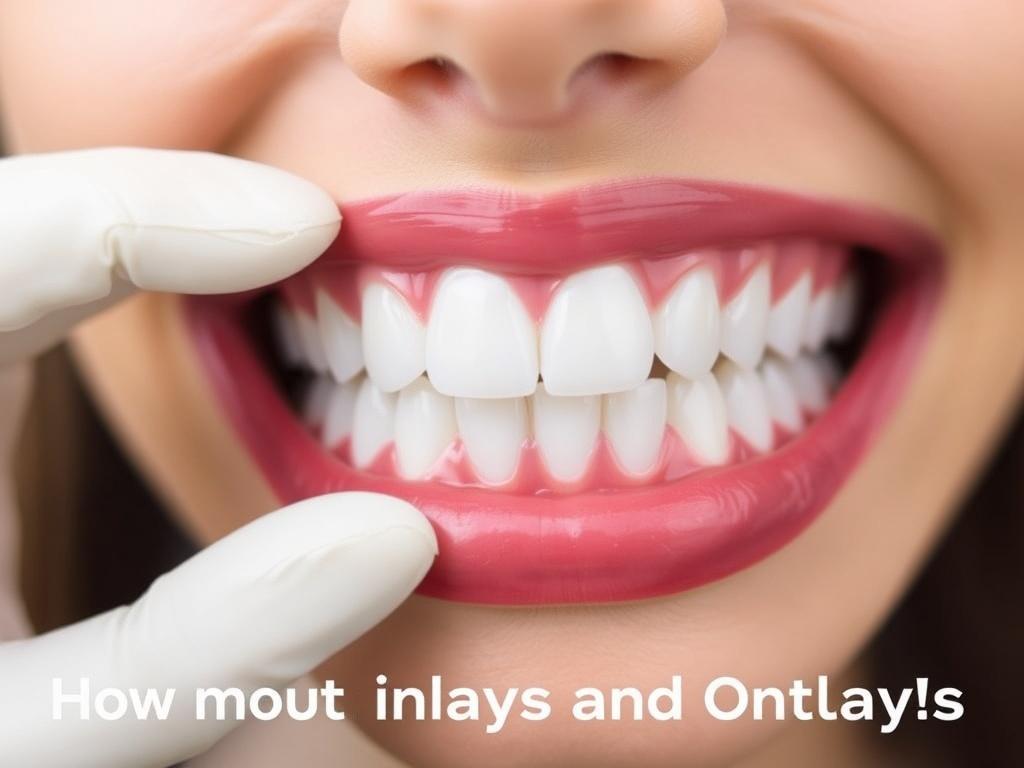
Cost is often a determining factor when choosing dental restorations. Dental inlays and onlays typically fall somewhere between traditional fillings and crowns regarding pricing. Several factors influence the cost:
| Factor | Impact on Cost |
|---|---|
| Material choice (Porcelain, Composite, Gold) | Porcelain and gold tend to be more expensive; composite is usually more affordable |
| Tooth location (Front vs molar) | Front teeth restorations might cost more due to aesthetic requirements |
| Dental lab fees | Custom fabrication affects overall price |
| Dental insurance coverage | Some policies cover a part of the procedure; check with your provider |
On average, the cost of an inlay or onlay ranges from $650 to $1,200 per tooth, but this varies widely based on geographic location, dental practice, and materials chosen. While the initial investment may seem high, the longevity and protection offered often save you money compared to repeated fillings or more extensive treatments.
Comparing Dental Inlays and Onlays to Crowns and Fillings
To really appreciate the role of dental inlays and onlays, it helps to compare them side-by-side with fillings and crowns.
| Restoration Type | Conserves Tooth? | Process | Durability | Aesthetics | Cost Range |
|---|---|---|---|---|---|
| Traditional Filling | Yes, but removes some healthy tooth structure | Single visit, direct application | 5–10 years | Good (tooth-colored options) | $100–$300 |
| Dental Inlay | Yes, preserves more tooth than filling | Two visits, indirect fabrication | 10–30 years | Excellent (porcelain/composite) | $650–$1,200 |
| Dental Onlay | Yes, more tooth preserved than crown | Two visits, indirect fabrication | 10–30 years | Excellent | $700–$1,200 |
| Crown | No, significant tooth reduction | Two or more visits | 10–15 years (sometimes longer) | Excellent | $1,000–$2,500+ |
The choice among these depends on the tooth’s condition, budget, aesthetic needs, and durability expectations. Dental inlays and onlays strike a remarkable balance by protecting teeth with minimal sacrifice of natural structure.
Addressing Common Myths About Dental Inlays and Onlays
Despite their benefits, dental inlays and onlays sometimes get misunderstood. Let’s tackle some of the common myths:
- Myth: Inlays and onlays are just expensive fillings.
Fact: They are custom-made restorations that provide greater strength and durability than traditional fillings. - Myth: Only gold inlays or onlays are worth considering.
Fact: Modern materials like porcelain offer excellent aesthetics and strength, suitable for most patients. - Myth: Getting an inlay or onlay is painful and complicated.
Fact: The procedure is similar to other restorations and typically involves minimal discomfort. - Myth: Dental crowns are always better than inlays or onlays.
Fact: Crowns are more invasive; inlays and onlays preserve more tooth and are often preferable when possible.
By understanding the facts, you can make empowered decisions about your dental health and choose the treatments that best align with your needs.
When to See Your Dentist About Dental Inlays and Onlays
If you notice signs such as a dark spot on a tooth, sensitivity to hot or cold, pain when chewing, or notice an old filling failing, these could indicate that a dental inlay or onlay might be needed. Early intervention with inlays and onlays can prevent more extensive damage and costly treatments down the road.
Consulting with your dentist about these restorative options allows you to get personalized recommendations based on your oral health status, bite, and aesthetic goals.
Innovations in Dental Inlays and Onlays
Dental technologies continue to evolve, enhancing the quality, speed, and experience of getting inlays and onlays. Some recent advancements include:
- CAD/CAM Technology: Computer-Aided Design and Manufacturing allows dentists to create digital impressions and mill inlays and onlays on-site, sometimes enabling same-day restorations.
- Improved Materials: New ceramics and composite materials provide better strength, minimal wear, and enhanced aesthetics.
- Bonding Techniques: Advanced adhesives offer lasting bonds between the restoration and tooth, reducing sensitivity and improving stability.
These innovations mean that dental inlays and onlays are becoming more accessible, efficient, and patient-friendly, expanding their role in regular dental care.
Conclusion
Dental inlays and onlays are sophisticated yet conservative dental restorations that offer a wonderful middle ground between traditional fillings and full crowns. By preserving natural tooth structure while restoring strength and appearance, they help maintain oral health and function over the long term. Whether you are dealing with moderate tooth decay, a cracked tooth, or failing old fillings, speaking with your dentist about dental inlays and onlays ensures you explore options tailored to your smile’s needs. With advances in materials and technology, these restorations provide durable, aesthetically pleasing, and protective solutions that can keep your smile healthy and bright for years to come. By understanding their benefits, procedure, and maintenance, you can make informed choices and enjoy the lasting confidence of a restored tooth.

